Tiny House Cost: Real Prices and Budget Tips
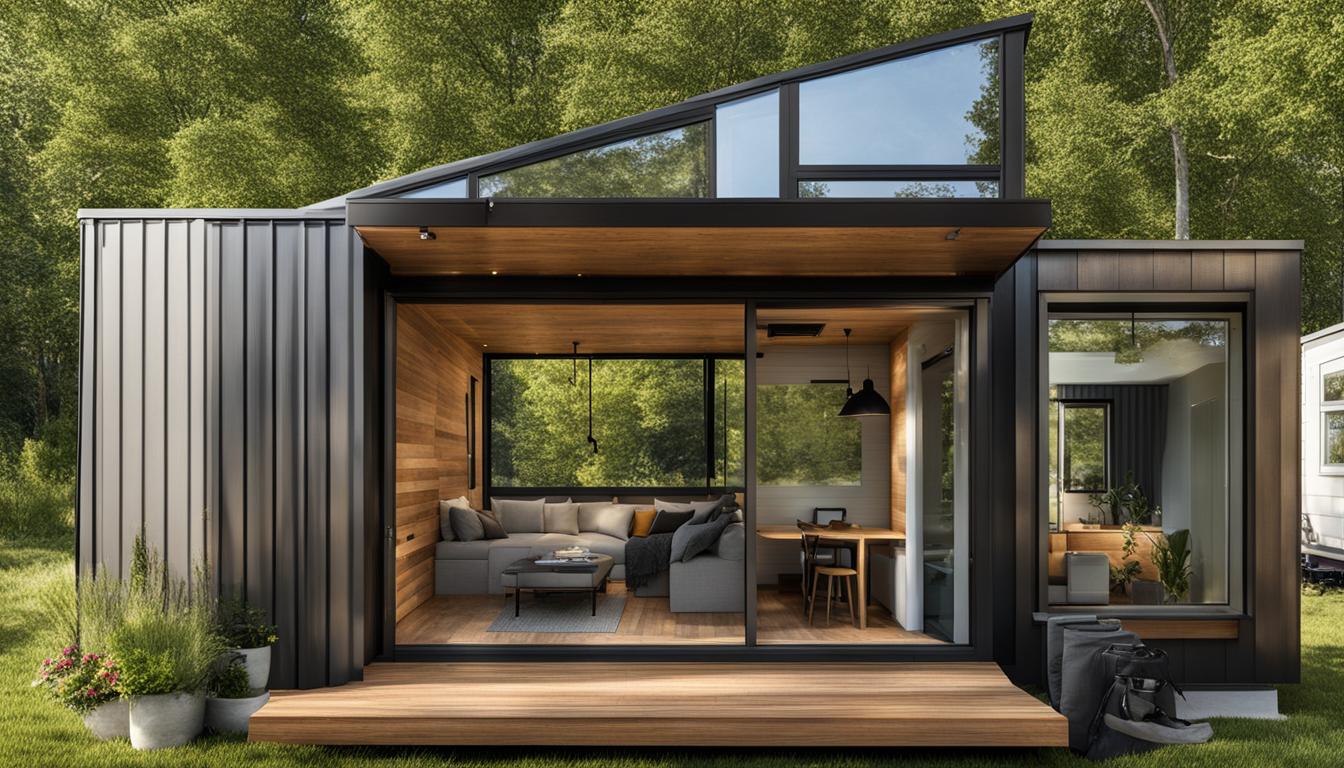
Tiny houses offer a sustainable and affordable lifestyle option for those seeking a simpler way of living. These small homes are designed with minimalism in mind, maximizing the use of limited space.
Living in a tiny house not only promotes financial advantages but also environmental and social benefits. The cost of a tiny house can vary depending on various factors such as size, materials used, location, and customization.
In this article, we will explore the real prices of tiny houses and provide budgeting tips for those considering this lifestyle.
Factors Affecting Tiny House Cost
When it comes to the cost of a tiny house, several factors come into play. Understanding these factors will help you budget and make informed decisions. Here are the key factors that can influence the cost to build a tiny house.
- Size: The size of the house is a significant determinant of its cost. Generally, larger tiny houses tend to be more expensive due to the additional materials and construction involved.
- Materials: The choice of materials used for construction can have a significant impact on the cost. Opting for high-quality and eco-friendly materials may command a higher price but can enhance the overall value of your tiny house.
- Customizations and Additional Features: Adding customizations and extra features like solar panels, rainwater harvesting systems, and energy-efficient appliances can increase the total cost. These additions offer long-term benefits but require a higher upfront investment.
- Maintenance, Utilities, and Insurance: Remember to consider ongoing expenses when budgeting for a tiny house. Account for costs such as regular maintenance, utilities, and insurance to ensure you have a comprehensive understanding of the expenses involved in tiny house living.
By considering these factors, you can better estimate the cost of building a tiny house and plan your budget accordingly. Keep in mind that while certain choices may increase the upfront cost, they can lead to long-term savings and a more sustainable lifestyle.
Stay tuned as we dive into the average cost of tiny houses in the next section.
Average Cost of Tiny Houses
The cost of a tiny house can vary depending on various factors such as size, materials used, location, and customization. Let's take a look at the average cost range and the affordability of these small homes.
On average, a tiny house can cost anywhere from $20,000 to $150,000 or more. Smaller, more basic models tend to be on the lower end of the price range, while larger and more customized homes can be on the higher end.
If you're looking for an affordable tiny house price, you may find options for under $50,000. Building your own tiny house or purchasing a pre-built model can often help keep costs down. By taking a hands-on approach, you not only save money but also have the freedom to personalize your home according to your needs and preferences.

When selecting a tiny house, it's essential to carefully consider your budget and prioritize your needs. Assess what features are non-negotiable for you and what you can compromise on. Take into account your long-term financial goals and how a tiny house fits within your overall lifestyle and budget.
Cost Breakdown of Tiny Houses
When it comes to understanding the cost breakdown of a tiny house, there are several important components to consider. By examining these factors, you can get a better idea of the expenses involved in building or buying a tiny house.
1. Materials:
The cost of materials plays a significant role in determining the overall expense of a tiny house. From the foundation to the walls and roof, every component requires suitable materials. High-quality materials can be pricier but offer durability and longevity.
2. Labor:
If you choose to hire professionals for construction, labor costs will be a significant part of your budget. Consider whether you have the necessary skills to undertake the building process yourself or if hiring experts is a better option for you.
3. Permits and Inspections:
Before constructing or placing a tiny house, you'll need to obtain the necessary permits and undergo inspections to ensure compliance with local regulations. These costs can vary depending on your location and the specific requirements.
4. Land or Parking Fees:
Securing land or a suitable parking spot for your tiny house may involve renting or purchasing property. Evaluate the costs associated with acquiring a location for your tiny house, whether it's on your own property or in a community or RV park.
5. Customization and Additional Features:
Customizing your tiny house to meet your specific needs and preferences will incur additional costs. This includes upgrades such as solar panels, rainwater harvesting systems, and energy-efficient appliances. It's essential to factor in these expenses when estimating the overall cost.
6. Furniture, Appliances, and Decor:
While building or buying a tiny house covers the structural aspects, you'll also need to furnish and decorate your living space. Don't forget to include the cost of essential furniture, appliances, and decor items to make your tiny house livable and personalized.
Creating a detailed budget that accounts for all these expenses is crucial in understanding the true cost of a tiny house. Research pricing in your specific area to get an accurate understanding of the overall expenses you can expect.
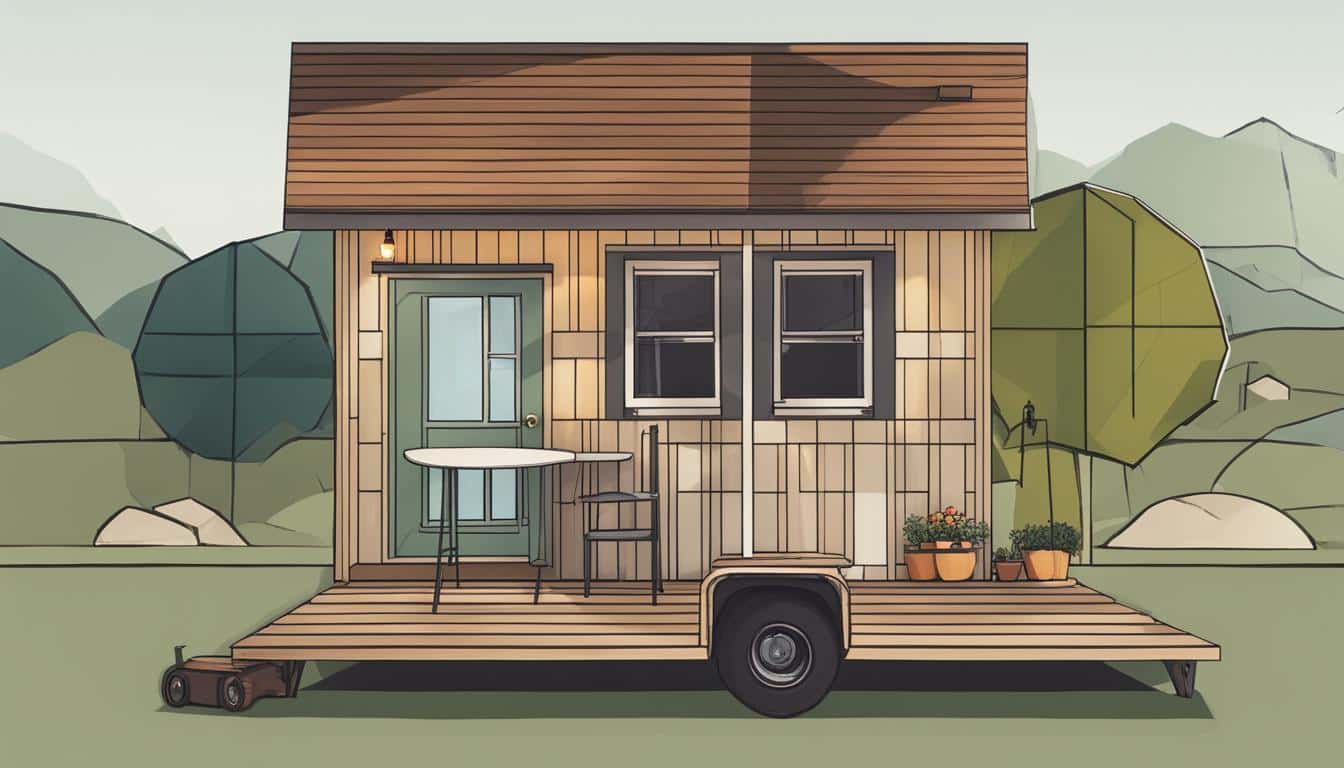
By carefully considering the cost breakdown of a tiny house, you can make informed decisions and ensure your budget aligns with your desired lifestyle.
Budgeting Tips for Tiny House Living
When it comes to budgeting for a tiny house, careful planning and consideration are key. Follow these tips to create a realistic budget and ensure that your tiny house dream stays within reach.
Determine Your Overall Budget
Start by determining your overall budget and how much you can comfortably afford to spend on a tiny house. Take into account your income, expenses, and savings to get a clear picture of what you can allocate towards your tiny house project.
Research Costs
Research the costs of materials, labor, and any additional features you desire for your tiny house. Contact local suppliers, builders, and vendors to get accurate estimates. It's also beneficial to connect with other tiny house owners in your community to gain insights and learn from their experiences.
Consider Financing Options
If necessary, explore financing options such as personal loans, RV loans, or construction loans to help fund your tiny house. Compare interest rates and terms from different lenders to find the best option for your situation.
Factor in Ongoing Expenses
Don't forget to account for ongoing expenses when budgeting for a tiny house. Consider the costs of utilities, maintenance, and insurance. These expenses are essential for ensuring a comfortable and sustainable living environment in your tiny house.
Account for Additional Costs
It's also important to factor in any additional costs such as furniture, appliances, and decor to complete your tiny house. These items may seem small compared to the overall cost of the house, but they can add up and impact your budget significantly.
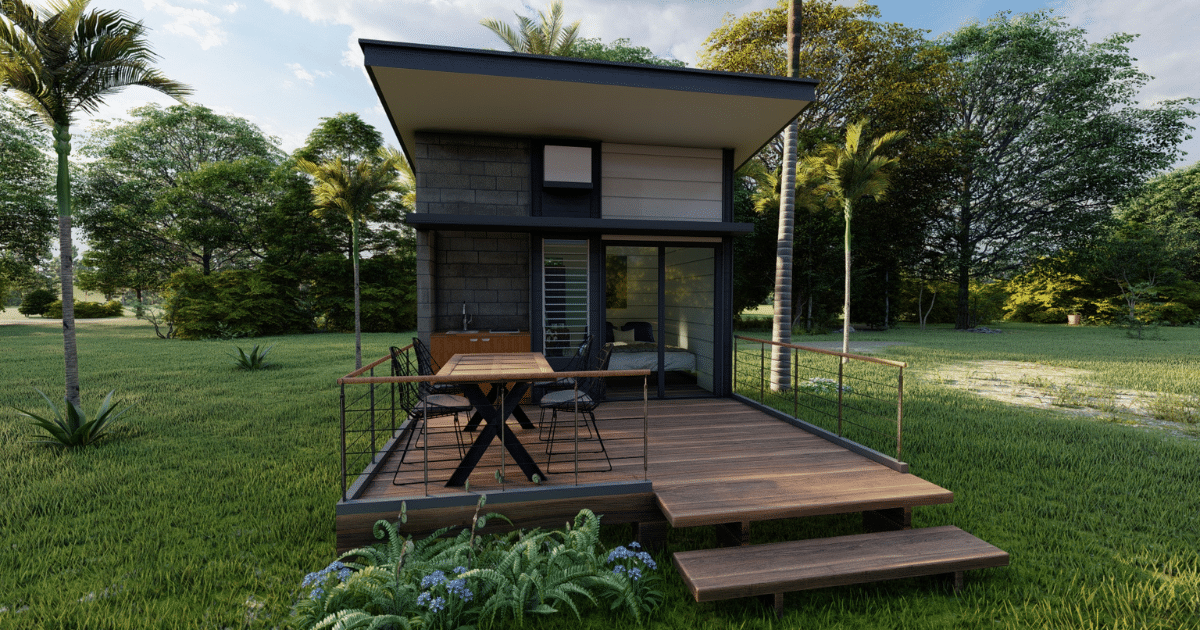
By following these budgeting tips, you can create a realistic financial plan for your tiny house and avoid any unexpected costs or setbacks. Remember, every dollar counts, so make informed decisions and prioritize your needs to ensure that your tiny house dream becomes a reality.
Benefits of Living in a Tiny House
Living in a tiny house offers numerous benefits beyond the cost savings. These homes provide a more sustainable and environmentally friendly lifestyle, with reduced energy consumption and a smaller carbon footprint.
One of the key advantages of tiny house living is the encouragement of a simpler, clutter-free environment. With limited space, individuals are motivated to prioritize their possessions, keeping only what is essential and meaningful. This promotes a sense of freedom and flexibility, allowing for a more intentional and mindful way of living.
Tiny houses also have the potential to foster a strong sense of community and social connection. With their compact size and emphasis on shared spaces, tiny house communities often develop close-knit relationships, creating a supportive and inclusive environment.
Another benefit of living in a tiny house is the ability to prioritize experiences and relationships over material possessions. With fewer belongings and a smaller living space to maintain, individuals have more time, energy, and financial resources to invest in activities they are passionate about and the people they care about most.
Furthermore, tiny houses are easier to clean and maintain due to their size and simplistic design. With fewer rooms and less square footage, cleaning becomes a quick and manageable task, giving individuals more time to enjoy their living space and engage in activities they love.
"Living in a tiny house has completely transformed my life. Not only has it allowed me to save money, but it has also given me the freedom to pursue my passions and spend more time with my loved ones. I feel more connected to both nature and my community, and I've never been happier."
Living in a tiny house has its challenges, but the benefits outweigh the limitations for many individuals seeking a simpler, more sustainable lifestyle.
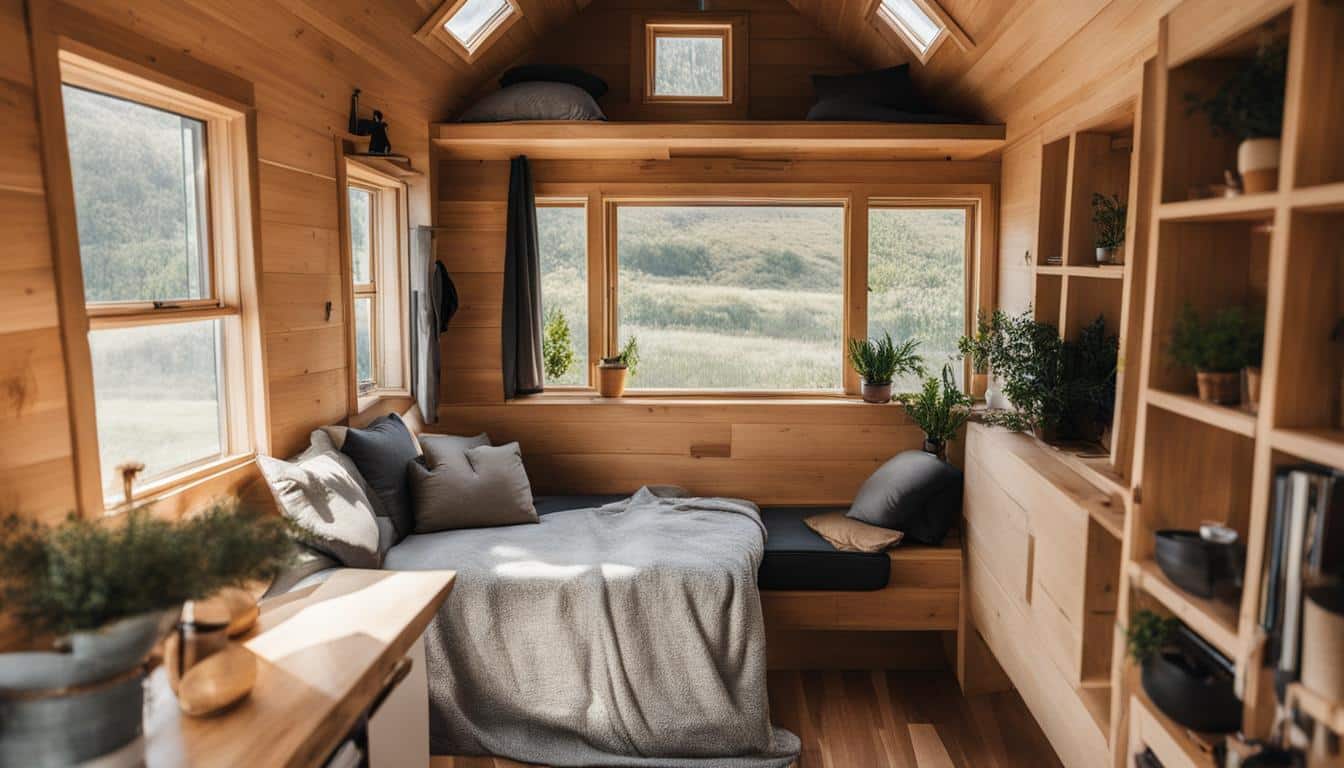
Summary of benefits:
- Sustainable and environmentally friendly lifestyle
- Simpler, clutter-free living environment
- Promotes freedom and flexibility
- Fosters a sense of community and social connection
- Enables individuals to prioritize experiences and relationships
- Easier to clean and maintain
Challenges of Tiny House Living
Living in a tiny house offers a host of benefits, but it's important to be aware of the challenges and limitations that come with this lifestyle. While some people thrive in compact spaces, others may struggle with the constraints of tiny house living. Here are some challenges to consider:
- Limited Storage and Living Space: One of the biggest challenges of living in a tiny house is the limited amount of storage and living space available. Downsizing belongings and finding creative solutions for organization becomes essential.
- Zoning and Building Regulations: Zoning and building regulations can vary from one location to another, and it's crucial to research and ensure that you can legally place a tiny house in your desired area. This can be a significant challenge, especially if regulations are restrictive.
- Privacy and Personal Space: Tiny houses often have close quarters, and this may be a challenge for individuals who value privacy or need ample personal space. It's important to consider your lifestyle and whether you can adapt to living in close proximity to others.
While these challenges can be significant, they can also be overcome with careful planning and consideration. It's crucial to assess your personal needs, preferences, and willingness to adapt before committing to tiny house living.
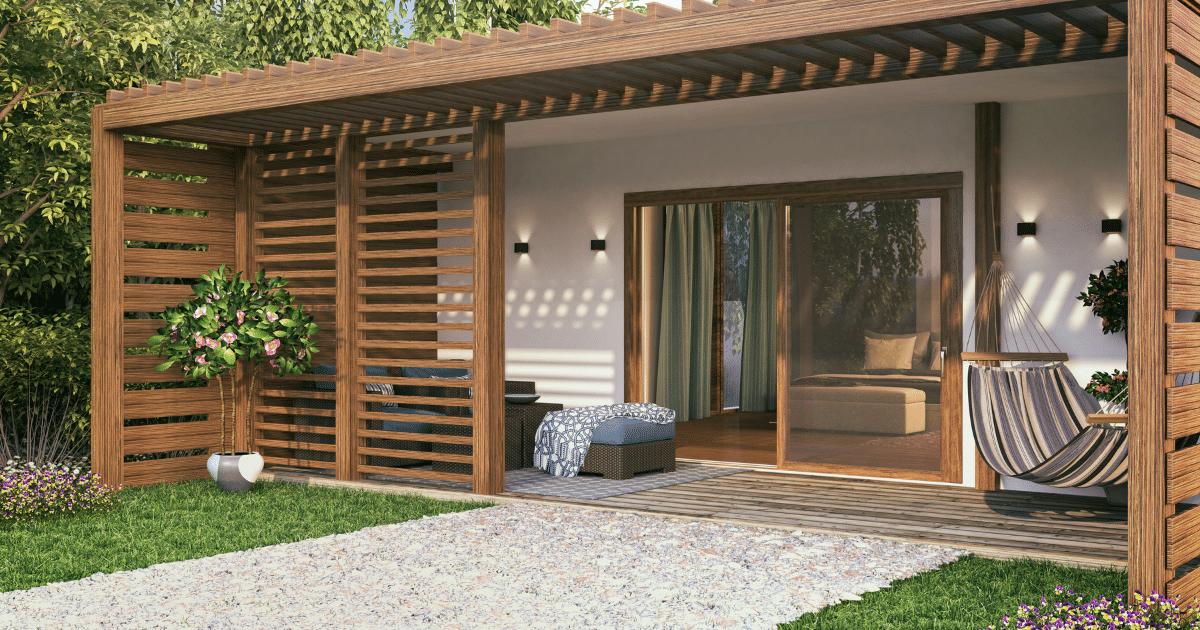
Despite the challenges, living in a tiny house can still be a rewarding experience for those who embrace the unique lifestyle it offers. The next section explores the benefits of living in a tiny house, highlighting the positive aspects that attract individuals to this alternative way of living.
Conclusion
In conclusion, tiny houses offer a unique and sustainable lifestyle that can be both financially and environmentally beneficial. The cost of a tiny house can vary depending on factors such as size, materials, and customization. It is crucial to create a budget and consider ongoing expenses when planning for a tiny house, encompassing not just the initial construction costs but also utilities, maintenance, and insurance.
While there are challenges associated with tiny house living, such as limited storage and zoning restrictions, the advantages outweigh the limitations. Simplifying your life, reducing your carbon footprint, and fostering a strong sense of community are some of the rewards that come with embracing this alternative way of living. Conducting thorough research and thoughtful consideration will ensure a successful transition into tiny house living.
Whether you are looking for a budget-friendly housing option or a desire for a more sustainable lifestyle, tiny houses present an appealing choice. By carefully evaluating your needs and priorities, you can make an informed decision about embarking on this unique and rewarding journey. Embrace simplicity, foster sustainability, and join the growing community of tiny house enthusiasts.
FAQ
How much does a tiny house cost?
The cost of a tiny house can vary depending on factors such as size, materials used, location, and customization. On average, a tiny house can range from 15,000 to 50,000 or more.
What factors affect the cost of a tiny house?
The size of the house, materials used, customizations, and additional features all play a role in determining the cost of a tiny house.
What is the average cost of a tiny house?
The average cost of a tiny house can range from 15,000 to 50,000 or more. Smaller, more basic models tend to be on the lower end of the price range, while larger and more customized homes can be on the higher end.
Can I get an affordable tiny house?
Yes, it is possible to find affordable options for under 20,000, especially if you are willing to build your own tiny house or purchase a pre-built model.
How can I budget for a tiny house?
Start by determining your overall budget and how much you can comfortably afford to spend on a tiny house. Consider financing options, research costs of materials and labor, factor in ongoing expenses, and don't forget to include additional costs such as furniture and appliances.
What are the benefits of living in a tiny house?
Living in a tiny house offers advantages such as cost savings, a more sustainable lifestyle, a simpler living environment, and a sense of freedom and flexibility. It also promotes a sense of community and enables individuals to prioritize experiences and relationships over material possessions.
What are the challenges of tiny house living?
Limited storage and living space, zoning and building regulations, and a lack of privacy or personal space can be challenges when living in a tiny house. It's important to carefully consider your lifestyle and preferences before committing to tiny house living.